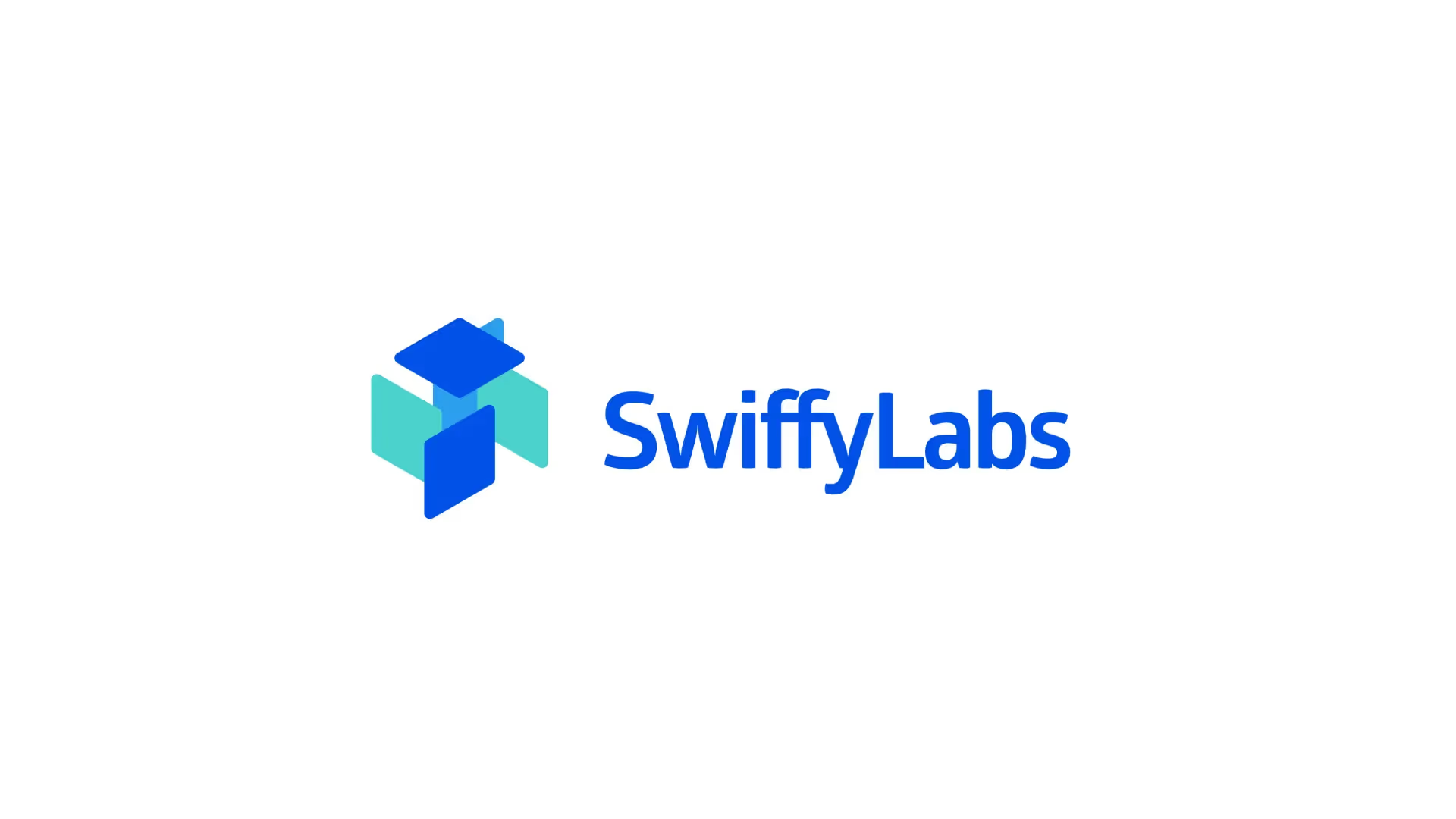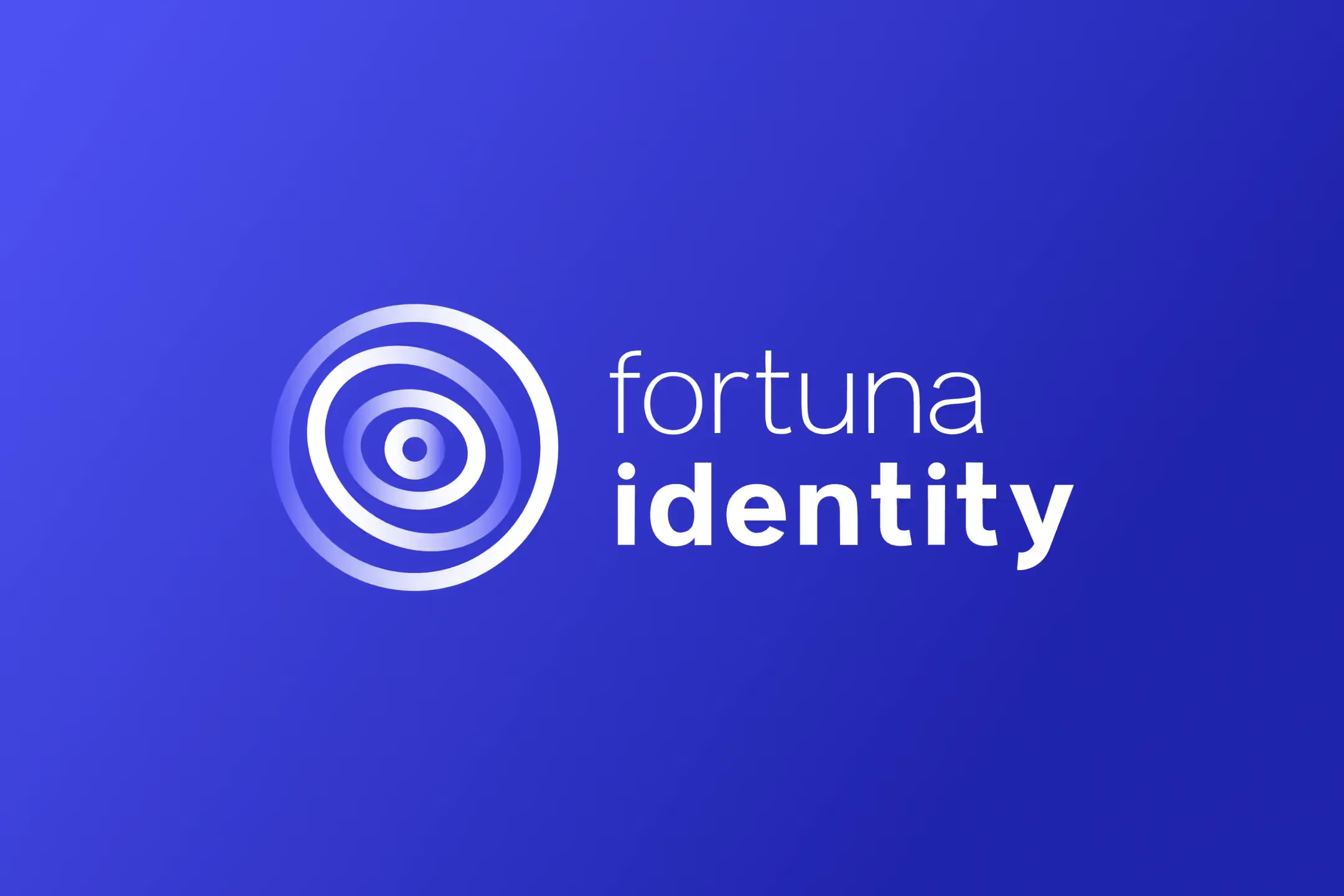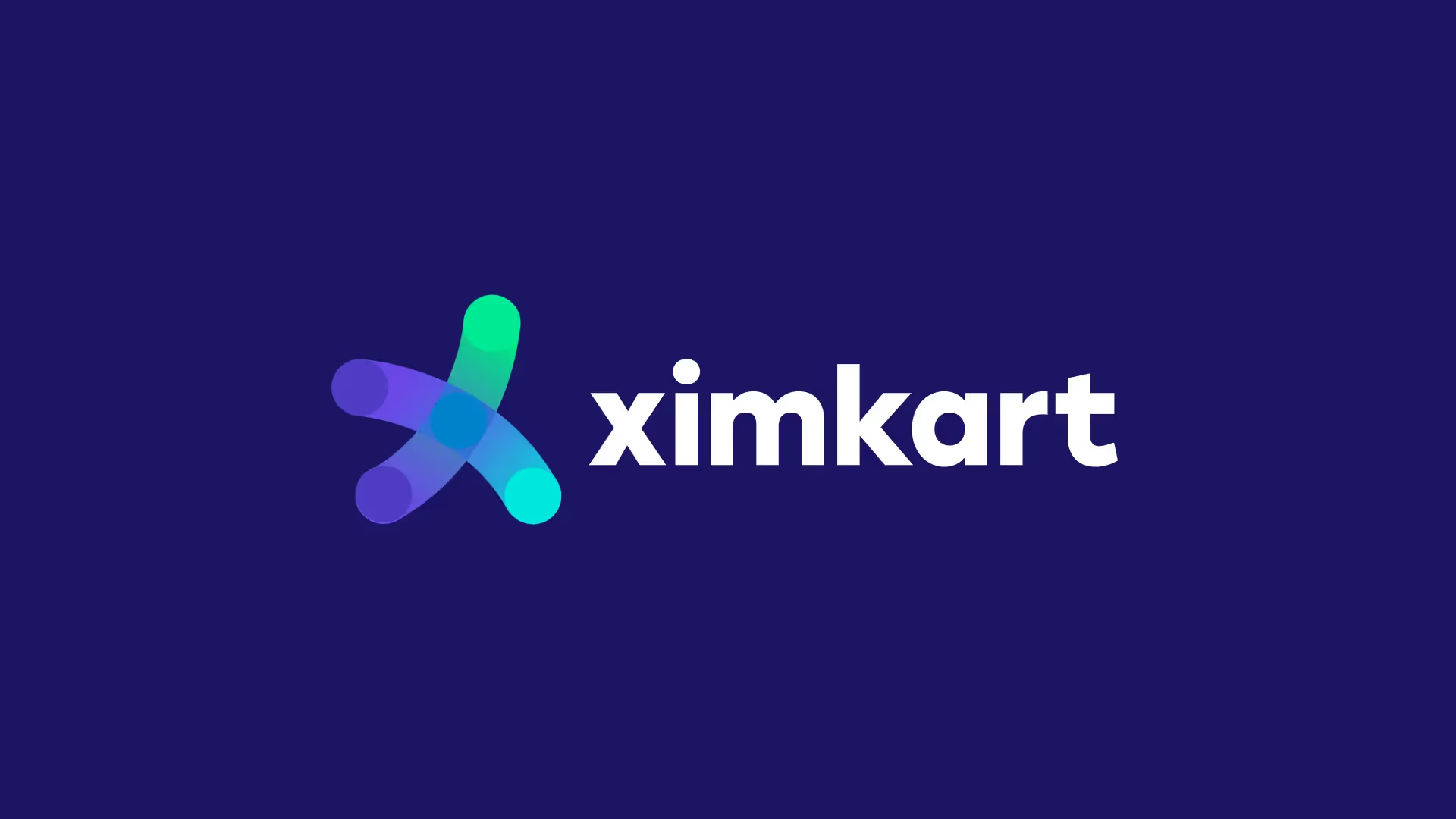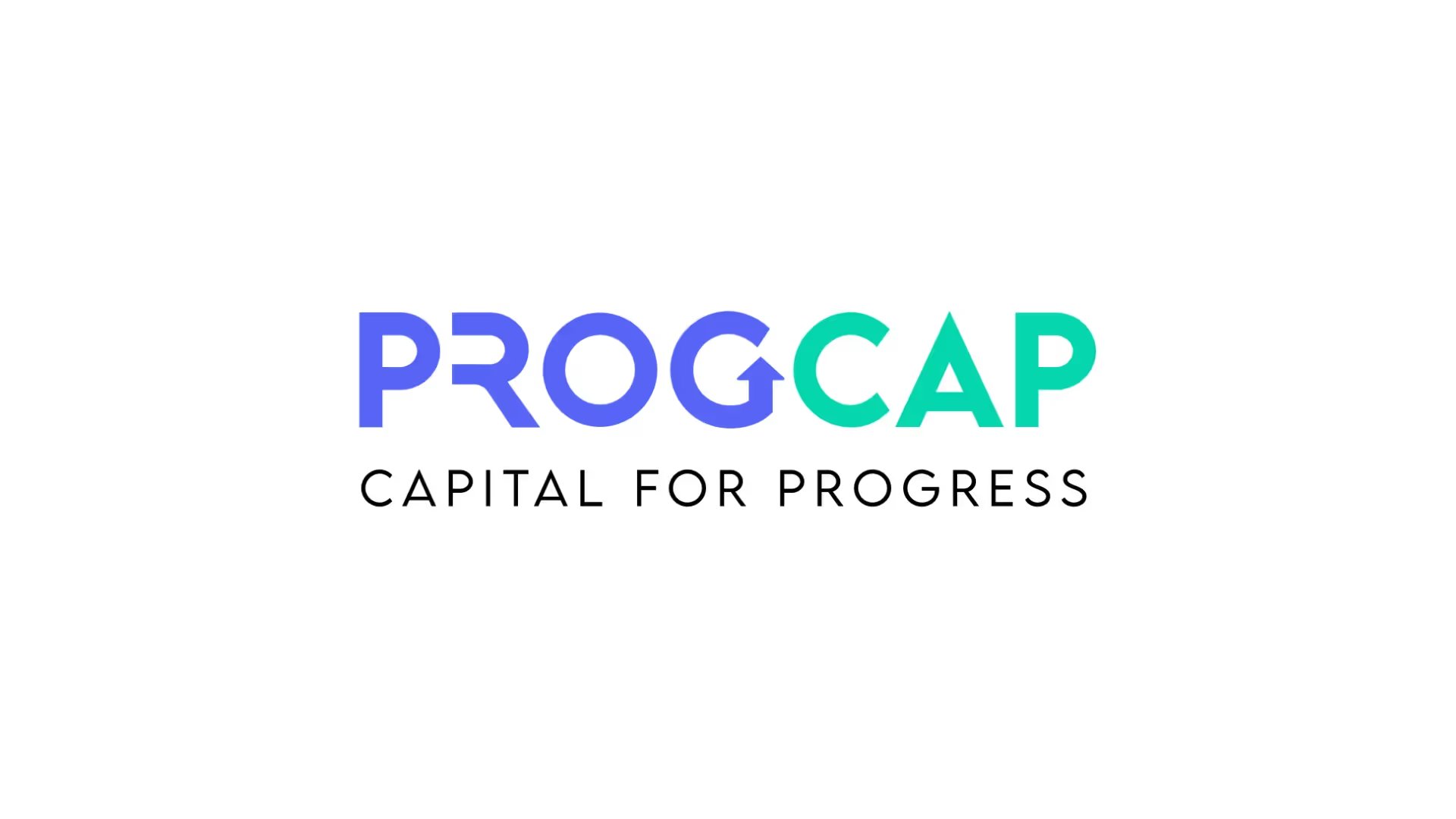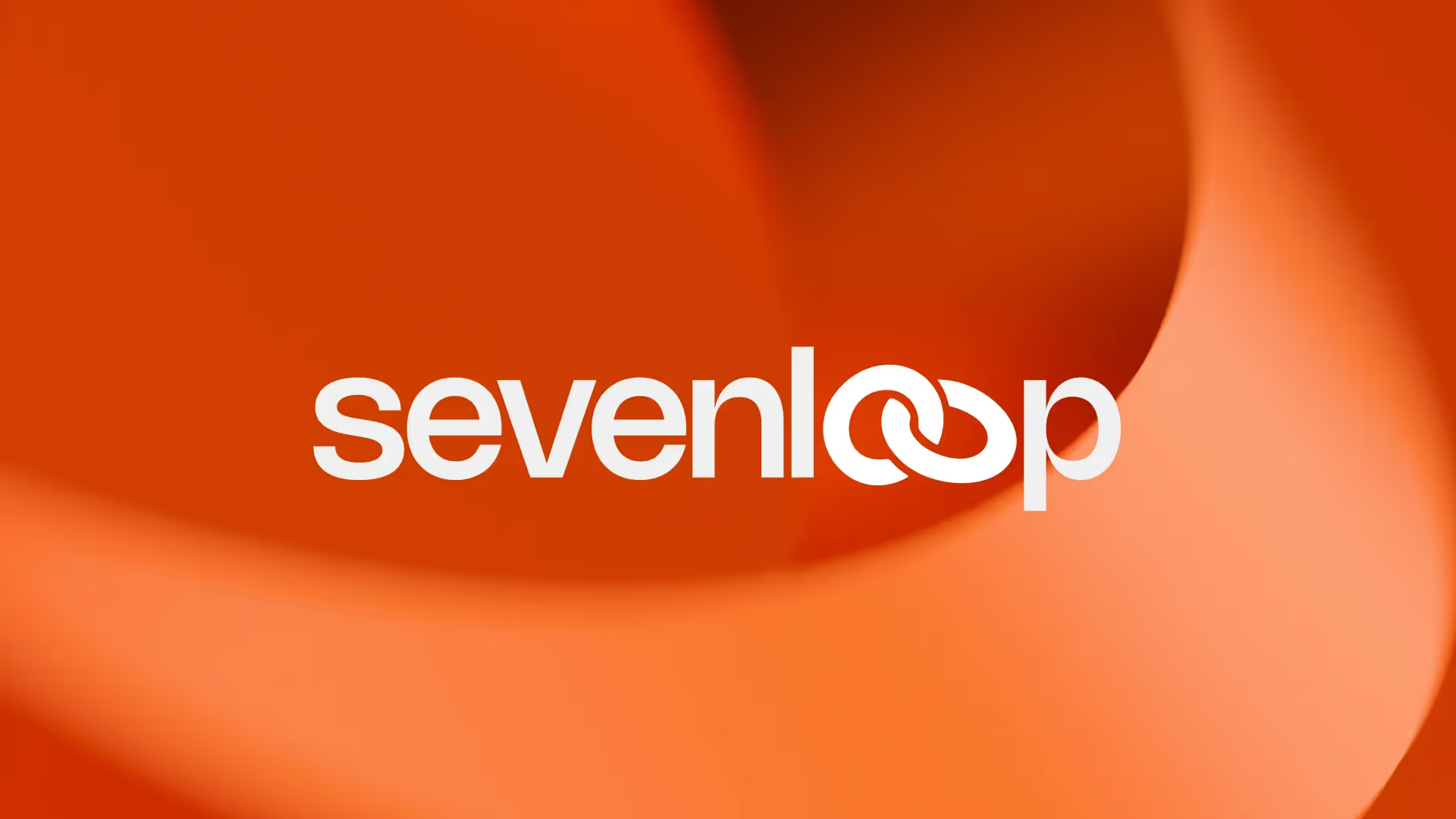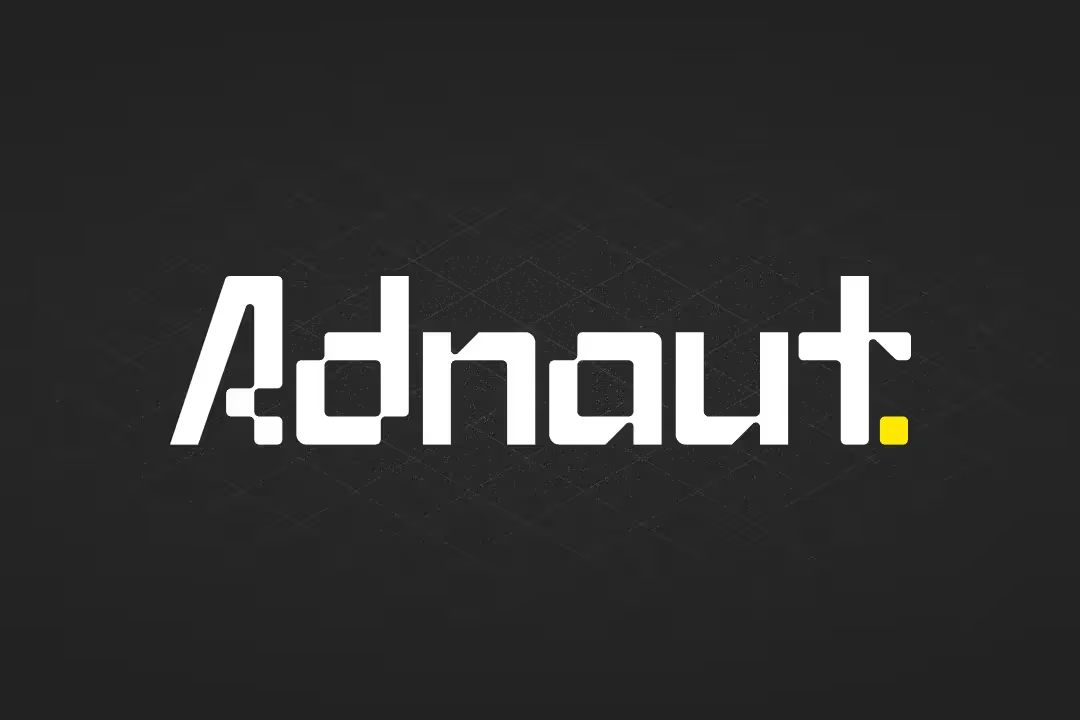Branding Agency
Brand marketing is not a luxury to be deferred but a necessity from the outset. For early-stage startups, building market awareness, trust, and confidence is crucial.
Branding Projects
A robust brand strengthens your reputation within the community
Investing in B2B branding is not merely a marketing expense but a strategic imperative that drives long-term business success.
Clients we did Branding for






























Branding for Sevenloop
Branding for AdNaut
Logo Design for Swiffy Labs
Branding for Ximkart
Choosing the right product or vendor is a critical decision for businesses, not only because it’s fraught with risks, but also due to the substantial costs involved in the selection process. The time investment required to identify and purchase the right solution can disrupt business operations. From building business cases to creating shortlists and holding meetings with vendors and internal teams, the process often stretches out over months, consuming the time and energy of multiple stakeholders.
A significant number of b2b business deals culminate in a "no decision," which is a frustrating outcome for buyers who have invested valuable time and resources into the process. As April Dunford puts it, this isn’t an endorsement of the status quo, but a reflection of the buyer's inability to reach a point where the perceived risk of failure is acceptable relative to the cost.
Branding plays a pivotal role, not only as a multiplier of success for the vendor but also as a valuable tool for the buyer. When faced with a myriad of options, buyers rely heavily on a brand’s mental and physical availability in their decision-making process. Sifting through all possible vendors manually would overwhelm buyers, stalling productivity. The reality is that most purchases have far more vendor options than buyers can feasibly explore. Therefore, the goal for any brand should be to associate itself strongly with the specific problem it solves, ensuring it stands out early in the buyer's journey.
Buyers don’t want an exhaustive list of options; they seek to narrow their choices as efficiently as possible. Brands that are easy to recall and easy to find often have a significant edge. This ability to be top-of-mind and easily accessible plays a more decisive role in success than the effectiveness of demand generation alone.
Thus, branding is not just a marketing tool but a fundamental driver of buyer confidence and business growth, providing a clear competitive advantage in crowded markets.
Be the Brand People Remember: How Purpose Sets You Apart
In a world where two-thirds of brands are easily forgotten, standing out has never been more crucial. Too often, brands chase fleeting trends, neglect a meaningful purpose, and fail to rally people behind a clear cause. But the brands that make a lasting impact don’t follow the crowd—they lead it.
These brands raise their flag with conviction, declare a vision that resonates, and build a community that feels connected to their mission. They don’t just sell products; they inspire loyalty and spark action. So, what makes them different?
1. Declare Your Vision
A brand that thrives in the long run isn’t just about what it sells; it’s about what it stands for. By defining a clear purpose, you give people something to rally around. Whether it’s sustainability, innovation, or social justice, your vision should be something that speaks to your audience’s values.
2. Carry the Flag with Confidence
Once you’ve planted your flag, it’s vital to carry it forward. Staying true to your brand’s purpose—despite changing trends—builds trust and authority. Being bold enough to stick to your mission ensures you lead the market, rather than follow it.
3. Create a Rallying Cry
Every great brand has a battle cry—a core message that sparks action. It’s more than a slogan; it’s a powerful emotional connection that drives people to be a part of your movement. This is what transforms customers into loyal advocates.
In a noisy world, the brands that lead with purpose, not just marketing gimmicks, are the ones people remember. At Everything Design, we believe in helping businesses carve out their own space with a vision that inspires and a message that resonates. Don’t be a brand that gets forgotten—be the exception.
Want to lead with purpose? Let’s build a brand people will never forget.
Why Cross-Industry Learning is Essential for Branding Success?
In the world of branding, the pressure to stand out often leads businesses to analyze competitors within their industry. While this approach can yield some insights, it usually results in more of the same—a landscape of brands that look and feel indistinguishable. To create truly unique and memorable brands, the best inspiration often comes from outside your industry.
The Limitations of Industry-Centric Thinking
When you focus solely on your industry, you risk being part of a predictable cycle. Competitors are likely using similar strategies, trends, and playbooks, which limits your ability to differentiate. If a branding concept already exists in your industry, replicating it will only make you blend in, not stand out.
Why Cross-Industry Learning Works for Branding?
- Breaks the Mold
Borrowing from other industries forces you to break free from conventional norms. A luxury skincare brand, for example, could take cues from the minimalist design ethos of tech giants to create a sleek, futuristic identity that differentiates it from competitors focused on traditional elegance. - Fuels Creativity
Exposure to how other industries solve problems opens up possibilities you might never have considered. Think about how sports brands like Nike have harnessed storytelling from the entertainment industry to build aspirational narratives around their products. - Captures Untapped Opportunities
If no one in your industry is implementing certain branding strategies, it’s not a limitation—it’s a golden opportunity. For instance, an industrial manufacturing company could learn from the vibrant branding and emotional storytelling of lifestyle brands to humanize and elevate its image.
How to Apply Cross-Industry Insights to Branding
- Research Across Fields: Study industries with no direct connection to yours. Look at how they engage their audiences, express their values, and position themselves in the market.
- Focus on Emotional Connections: Great brands transcend products by creating experiences. A financial services brand might look to the hospitality industry to design customer experiences that are warm and inviting rather than transactional.
- Adapt, Don’t Copy: The goal isn’t to replicate but to reinterpret ideas in a way that aligns with your brand’s unique identity.
Brand is Demand: Why Smart CMOs Are Betting Big on the Long Game
In a landscape where attention spans are short and quarterly targets dictate most decisions, the allure of quick wins and easily measured KPIs has made performance marketing the default strategy. But here’s the truth no longer whispered in corners of marketing summits, but declared by the boldest CMOs and growth leaders across the world:
If you're not seriously investing in brand, you're not building a business. You're just chasing the next lead.
The False Dichotomy: Brand vs. Demand
Let’s start by breaking down a pervasive myth in B2B marketing: that brand and demand generation are two separate—and competing—strategies.
They’re not.
Brand builds preference, trust, and mental availability. Demand generation activates intent, nurtures leads, and drives conversion.
They work together. But crucially, brand precedes demand in effectiveness. Without brand, your demand efforts become expensive, inefficient, and increasingly unsustainable.
Yet, most B2B companies still behave as if they’re the only player in the market—hyper-focused on capturing demand at the bottom of the funnel.
What they forget?
At any given time, only 1-3% of your market is actively buying.
So what are you doing for the 97%?
What Brand Really Does (And What It Doesn’t)
Brand is often misunderstood. It’s not just logos, fonts, colors, or witty taglines. Those are branding artifacts. Brand is the collective perception people hold about your company—formed through stories, experiences, reputation, and trust.
It’s what:
- Gets you on the shortlist before the RFP drops.
- Tilts undecided buyers in your favor during sales cycles.
- Creates internal alignment around purpose and value.
- Lowers your cost-per-acquisition and increases lifetime value.
- Generates organic word of mouth and loyalty—at scale.
Brand is the reason people choose you before you even know they’re looking.
In fact, recent research from Benchmarker shows that the highest-performing SaaS companies split their budgets 50:50 between brand and demand. Low performers? They over-index on demand gen and ignore the long-term compounding power of brand.
Why Most CMOs Don’t Invest in Brand
The hesitation comes down to one word: attribution.
Performance marketing is seductive because it gives you something to show on a dashboard—clicks, MQLs, open rates, CACs. Brand, on the other hand, is harder to quantify in the short term. You can’t always tie a brand campaign to a lead form submission or a sale within the quarter.
But this is short-sighted thinking.
As Peter Caputa, CEO at Databox, puts it: "I like to think of brand as investing in word of mouth. I can measure word of mouth." It just requires better instrumentation—asking "How did you hear about us?" at conversion points, measuring Share of Search, or tracking community mentions and earned media.
Demand Generation Without Brand? It’s a Leaky Funnel.
Here’s the dangerous scenario many B2B companies are in:
- They spend the majority of their budget on performance.
- They drive traffic through paid search, content, and SDRs.
- Their CPLs rise over time because they’re constantly reaching cold, unqualified leads.
- They ignore trust-building and long-term perception.
- They get ghosted in the middle of the sales process.
Why? Because they weren’t top of mind when the buyer first considered solving the problem. And without trust, content alone doesn’t convert.
Building a Brand Is Building a Moat
Strong brands:
- Command premium pricing.
- Attract better talent.
- Withstand market downturns.
- Drive faster close rates.
- Deliver longer customer lifetime value.
This is not theory. It’s been observed across verticals. A 70%+ win rate for vendors who are chosen first on the shortlist is not luck—it’s the result of sustained brand investment.
As Lindsay Tjepkema eloquently put it:
"HIRE people who know how to build brands that generate growth, trust, revenue, and long-term success. WORK for leaders who understand this work isn’t free, fast, or easy."
What Investing in Brand Actually Looks Like
So, how do you do it? It’s not just about throwing money at awareness ads or updating your website. It’s a strategic process involving:
1. Revisiting Your ICP
Deep research into your Ideal Customer Profile (ICP) is the starting point. Brand isn’t built in a vacuum—it’s built around the lives, challenges, values, and ambitions of the people you serve.
2. Creating Aspirational, Non-Transactional Content
Not everything has to end with “book a demo.” Think: thought leadership, podcasts, cultural storytelling, brand films, behind-the-scenes narratives. These build familiarity, emotional resonance, and mental availability.
3. Owning a Strategic Narrative
Your brand needs to stand for something—beyond product specs. A clear, differentiated point of view on the category, your customer’s future, and your role in shaping it. As Dimitri Vlachos suggests, it’s about being “known, liked, and trusted” before the buying cycle starts.
4. Embedding Brand in the Buying Experience
Every touchpoint—from your website to how your sales team speaks—should reflect your brand’s promise. Consistency builds trust. Trust builds preference. Preference wins deals.
5. Measuring Brand the Right Way
You may not get leads overnight, but you can measure:
- Share of Search (indicating mindshare)
- Direct traffic and branded search volume
- Community engagement and organic mentions
- Win rates and sales velocity improvement over time
These are signals that your brand is working—even if attribution software hasn’t caught up yet.
Final Thoughts: Be the First Choice
In crowded markets, most buyers shortlist only 2–3 vendors. If you’re not shaping perception before the buying process begins, you’re too late.
Brand gets you invited to the table.
Brand ensures you're remembered when the budget appears.
Brand builds the emotional and rational trust that makes buyers choose you—over someone else.
To quote Paul “PJ” Jackson:
“Demand gen gets attention. Brand earns preference. It’s not either/or—it’s sequence and strategy.”
If you’re a CMO today and you're not investing meaningfully in brand, you're not just missing an opportunity, you're losing market share.
So ask yourself: Are you building a brand that buyers want to choose?
Because in the end, that’s the real demand generation.
The most iconic brands didn’t achieve success by playing it safe or sticking to their industry’s norms. They stood out by doing what others weren’t. By learning from other industries, you can craft a brand that feels fresh, innovative, and unmistakably different—a brand that truly connects with people in unexpected ways.
Cross-industry inspiration isn’t just a creative exercise; it’s a competitive advantage waiting to be unlocked. Considering the wide and speciliazed experience in b2b branding for companies like Tatva Legal, Sevenloop, AdNaut, SwiffyLabs, Ximkart, Alkemiz, Simpli Contract etc if you are a brand manager or marketing manager considering a branding agency, you should certainly speak to Everything Design. Their proven branding process, which is very detailed helps them to be a reliable branding partner.
Is Your Internal Team Using Your Brand Correctly?
In fast-moving businesses, especially those with in-house marketing and design teams, one recurring challenge keeps showing up: internal teams don’t always know how to use the brand properly.
It’s not because they aren’t talented or committed. It’s usually because the context behind the brand—the ‘why’ of design decisions, the strategic foundations, the intended tone and direction—was never fully transferred once the brand was launched.
As a result, we often see:
- Teams reacting at speed to business needs, improvising assets
- Brand inconsistencies creeping into campaigns, presentations, or social media
- A gradual decline in quality and cohesion across communication
- Confusion about what the brand actually stands for
Sound familiar?
If your brand feels like it's drifting—even slightly—it may be time to reconsider how you’re onboarding and enabling your internal team. Because a brand is only as strong as the people using it every day.
Here’s how we prevent that drift in 5 key ways:
1. Involve the Whole Team Early
We make it a point to involve as many client team members as possible throughout the process—from research and strategy to design and rollout. This builds collective clarity. When team members understand why decisions are made and what problem the brand is solving, they become more aligned and invested.
Outcome: Better internal buy-in and fewer gaps between intention and execution.
2. Brand Onboarding
A brand launch is not just a presentation—it's a transfer of vision. We conduct dedicated onboarding sessions to walk internal teams through the strategic thinking, positioning, and visual direction behind the brand. This isn’t about showing pretty slides—it’s about ensuring everyone speaks the same brand language.
Outcome: Key stakeholders understand how to represent the brand confidently.
3. Dynamic Brand Guidelines
Static PDF guidelines? Useful once. Forgotten often.
Instead, we deliver an online brand platform that serves as a living, breathing guide to your brand. It includes downloadable assets, how-to examples, usage rules, and even campaign references. Crucially, it evolves with your company—just like your brand should.
Outcome: Always-accessible, up-to-date tools that empower consistent, high-quality execution.
4. Brand Guardianship
We don’t disappear after the rebrand. We offer long-term brand guardianship—reviewing creative assets your team produces, giving constructive feedback, and helping you maintain a high standard of brand communication.
Outcome: A steady brand hand that keeps everything cohesive and sharp.
5. Team Training
From high-level brand storytelling to nitty-gritty layout templates, we deliver training sessions that equip your internal teams to do the job well. Whether it's the marketing manager, a new designer, or the sales lead, everyone learns how to use the brand with intention and accuracy.
Outcome: Confidence, consistency, and creativity within your team.
A brand is more than a logo or a color palette. It's a system of meaning, designed to align your business inside and out. If your internal team doesn't understand it—or isn't set up to succeed—you risk diluting your brand every day.
The solution isn’t just better design. It’s better transfer of knowledge, tools, and guidance. That’s what we bring to every project we undertake.
If you're seeing signs of brand drift, we’re here to help. Let’s keep your brand strong—inside and out.




.avif)

